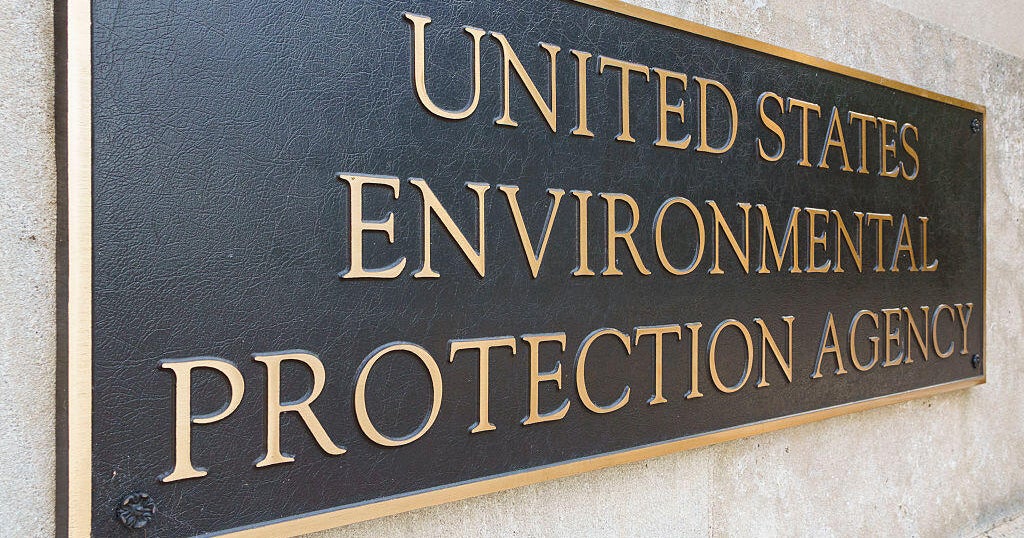The U.S. Environmental Protection Agency (EPA) has announced a dramatic reduction of its workforce by at least 23%, a decision that will profoundly impact its scientific research capabilities. The agency is eliminating its Office of Research and Development, a crucial body that has historically provided the scientific foundation for the EPA’s mission to protect public health and the environment. This restructuring aligns with the current administration's broader agenda to downsize the federal government,
Did You Know
The dot over an “i” is called a tittle.
?
AD
raising significant concerns from experts and environmental advocates alike.
In a move that some have described as reckless, the EPA plans to dismantle a center that employs over 1,500 scientists and researchers committed to tackling pressing environmental challenges. This shift will not only disband a wealth of institutional knowledge but also limits the agency's ability to conduct independent research on air and water quality. In response to this upheaval, officials have promised to create a new Office of Applied Science and Environmental Solutions, which they claim will allow the agency to focus on research and science more effectively. However, many suspect that this new office may struggle to fill the gaps left by the dismantled research arm.
The decision has elicited strong reactions from public health experts, climate advocates, and workforce advocates who warn that this realignment undermines the very principles upon which the EPA was founded. As the agency embarks on this new direction, critics are concerned about a diminishing commitment to scientific inquiry and the implications for future regulations aimed at safeguarding environmental and public health. This pivotal moment in the EPA’s trajectory signals a significant departure from its previous emphasis on science-based policymaking, leaving many to wonder what the future holds for environmental protection in the United States.
Q&A (Auto-generated by AI)
What is the role of the EPA's R&D office?
The EPA's Office of Research and Development (ORD) has historically been responsible for providing scientific research and data that underpin the agency's environmental regulations and policies. It conducts studies on air and water quality, health impacts, and ecological effects, which inform decisions on pollution control and environmental protection. The ORD plays a critical role in ensuring that the agency's actions are grounded in sound science.
How will job cuts impact EPA operations?
The elimination of the ORD and the reduction of the workforce by 23% are expected to significantly hinder the EPA's capacity to conduct independent scientific research. This could lead to a reliance on external sources for data, potentially compromising the quality and integrity of environmental regulations. The downsizing may also slow down the agency's response to emerging environmental issues, affecting public health and safety.
What led to the EPA's restructuring decision?
The restructuring decision by the EPA is part of a broader initiative under the Trump administration aimed at downsizing the federal government and cutting costs. The agency cited the need to prioritize its core mission of protecting human health and the environment while aiming to save taxpayers approximately $748.8 million. This shift reflects a political agenda focused on reducing the size of government agencies.
What are the potential effects on public health?
The closure of the ORD may negatively impact public health by limiting the EPA's ability to conduct vital research on environmental hazards. Without robust scientific data, the agency may struggle to effectively regulate pollutants and protect communities from health risks associated with air and water contamination. This could lead to increased exposure to harmful substances, particularly in vulnerable populations.
How does this compare to past EPA layoffs?
The current layoffs represent one of the most significant workforce reductions in the EPA's history, reminiscent of cuts during previous administrations, but on a larger scale. Past reductions often focused on specific programs or offices, whereas the current restructuring eliminates a major scientific arm. This shift reflects a changing approach to environmental regulation and prioritization of budgetary concerns over scientific inquiry.

















